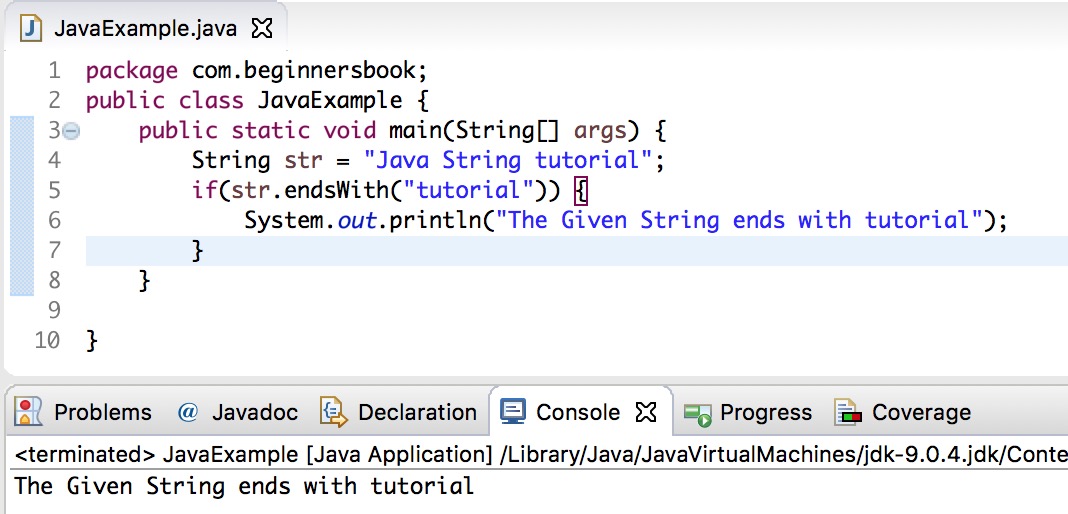

I agree that StringTokenizer is overkill here.

#Java for loop through string code#
Also check this question for more.įor difference between a character, a code point, a glyph and a grapheme check this question. So forEach does not guarantee that the order would be kept. The behaviour of forEach is explicitly nondeterministic where as the forEachOrdered performs an action for each element of this stream, in the encounter order of the stream if the stream has a defined encounter order. Used to refer to the number that represents a particular Unicodeįinally why forEachOrdered and not forEach ? To reduce naming confusion, a code point will be The new supplementary characters are represented by a surrogate pair Instead of changing the definition of the char type, some of JDK 5 was updated to support the larger set of character Longer has a one-to-one mapping to the fundamental semantic unit in Of characters to more than the 2^16 = 65536 characters that can beĭistinguished by a single 16-bit char. Unicode 3.1 added supplementary characters, bringing the total number How is char and code point different? As mentioned in this article: Surrogates, and undefined code units, are zero-extended to int values

Other code units, including ordinary BMP characters, unpaired Surrogate pairs encountered in the sequence are combined as if byĬharacter.toCodePoint and the result is passed to the stream. Returns a stream of code point values from this sequence. The method codePoints() also returns an IntStream as per doc: If the sequence is mutated while the stream is Any char which maps to a surrogate code point is passed Returns a stream of int zero-extending the char values from this The method chars() returns an IntStream as mentioned in doc: Str.codePoints().forEachOrdered(i -> ((char)i)) Str.chars().forEachOrdered(i -> ((char)i)) In Java 8 we can solve it as: String str = "xyz"


 0 kommentar(er)
0 kommentar(er)
